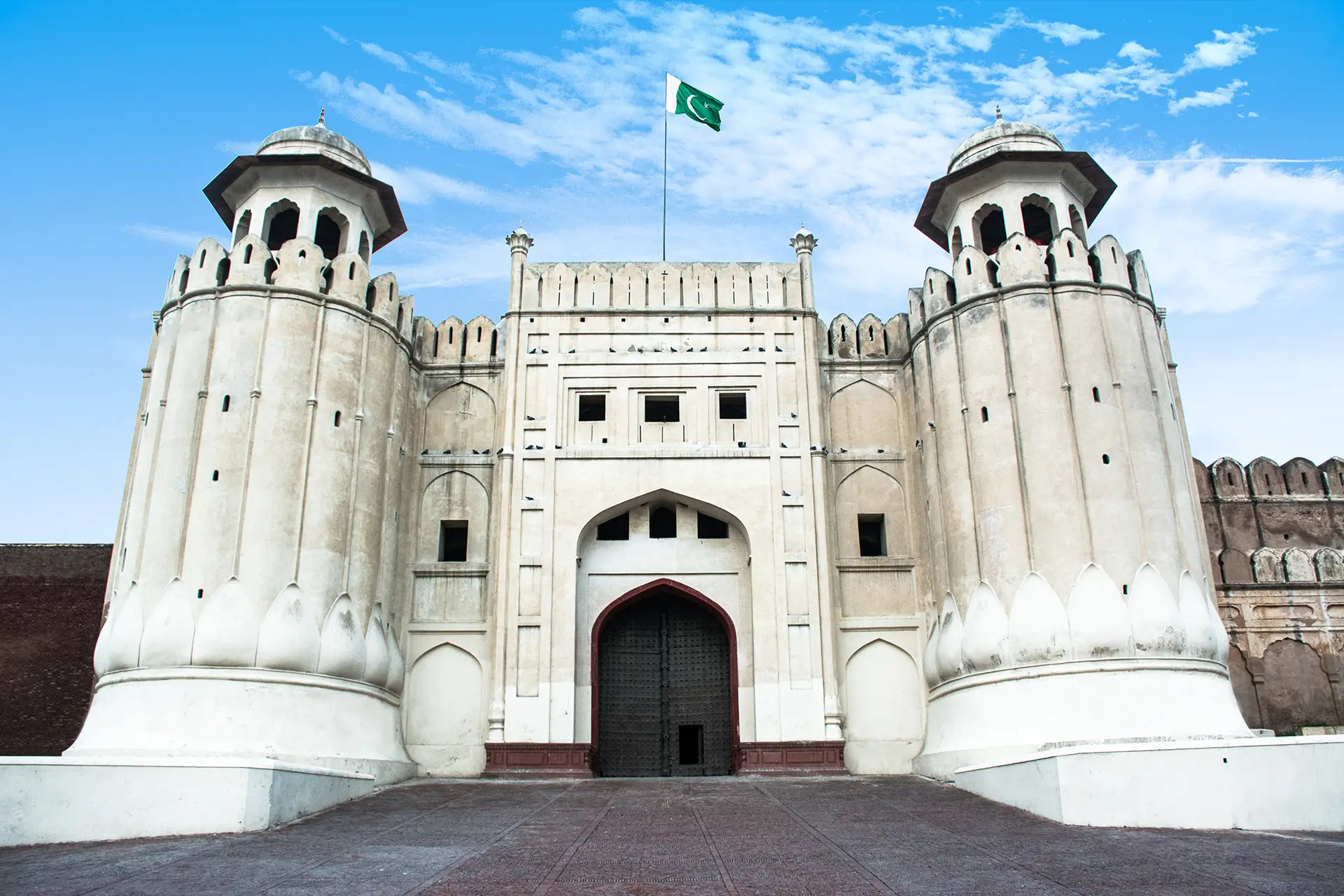Lahore, the heart of Pakistan, is a city that wears its history like a badge of honor. Nestled amidst its bustling streets is the magnificent Shahi Qila شاہی قلع, also known as the Lahore Fort. This architectural masterpiece, deeply rooted in the Mughal era, offers a window into the past, a testament to the grandeur of the Mughal Empire. In this blog, we will delve into the rich history and intricate architecture of Shahi Qila, Lahore, as we embark on a journey through time.
History of Shahi Qila
Shahi Qila has a lineage that stretches over a millennium, with its origins tracing back to the 11th century when it was initially constructed as a mud fortress during the reign of Mahmud of Ghazni. However, it was under the visionary leadership of Emperor Akbar in 1566 that the transformation into the splendid monument we see today commenced. The construction was an ongoing project, continued under the reign of subsequent Mughal emperors, notably Jahangir, Shah Jahan, and Aurangzeb.

The fort has witnessed centuries of political and cultural shifts, falling into the hands of the Sikhs and later the British Empire during the colonial era. Despite this, the Mughal influence on its architecture and design remains predominant, and it has been recognized as a UNESCO World Heritage Site.
Architectural Marvel
The Shahi Qila is an architectural masterpiece that showcases the grandeur of the Mughal era. Its structure is a blend of Persian, Islamic, and Indian architecture, with beautiful red sandstone and marble embellishments. Some of the key features of this grand fort include:
Alamgiri Gate:
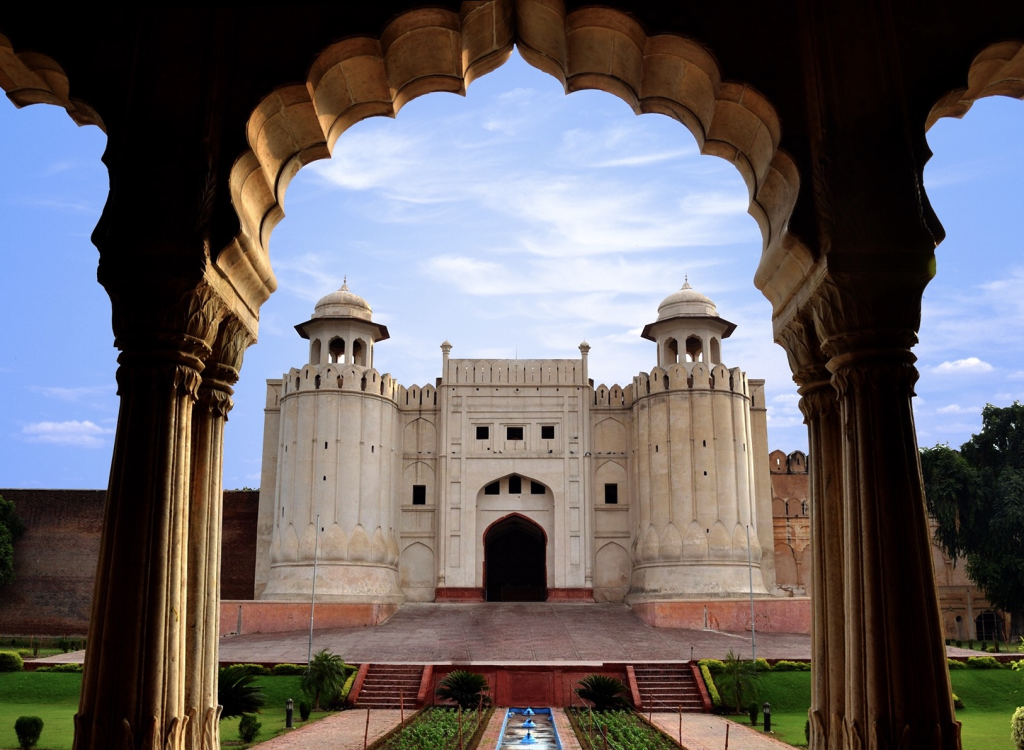
The main entrance to the fort, named after Emperor Aurangzeb, is a stunning example of Mughal architecture. The gate features intricate designs, calligraphy, and floral motifs.
Sheesh Mahal:
This “Palace of Mirrors” is one of the most exquisite parts of the fort. It is adorned with thousands of tiny mirrors that reflect light, creating a mesmerizing effect. The Sheesh Mahal was used for royal audiences and is a testament to the Mughals’ love for beauty and art.
Naulakha Pavilion:
This two-story white marble pavilion offers breathtaking views of the surrounding gardens and the Ravi River. It was used for entertainment and is a prime example of the opulence of the Mughal emperors.
Jahangir’s Quadrangle:

Named after Emperor Jahangir, this section of the fort includes beautiful gardens and architectural elements that hark back to the early Mughal period.
Hammam:
The royal bathhouse, adorned with frescoes, showcases the Mughals’ fascination with hygiene and aesthetics.
Cultural Significance
The Shahi Qila is not just a relic of the past; it continues to be a hub of cultural activity and historical preservation. The Lahore Fort hosts various events, including light and sound shows that narrate the history of the fort and the city of Lahore. These events provide a unique opportunity for visitors to immerse themselves in the rich history of the region.
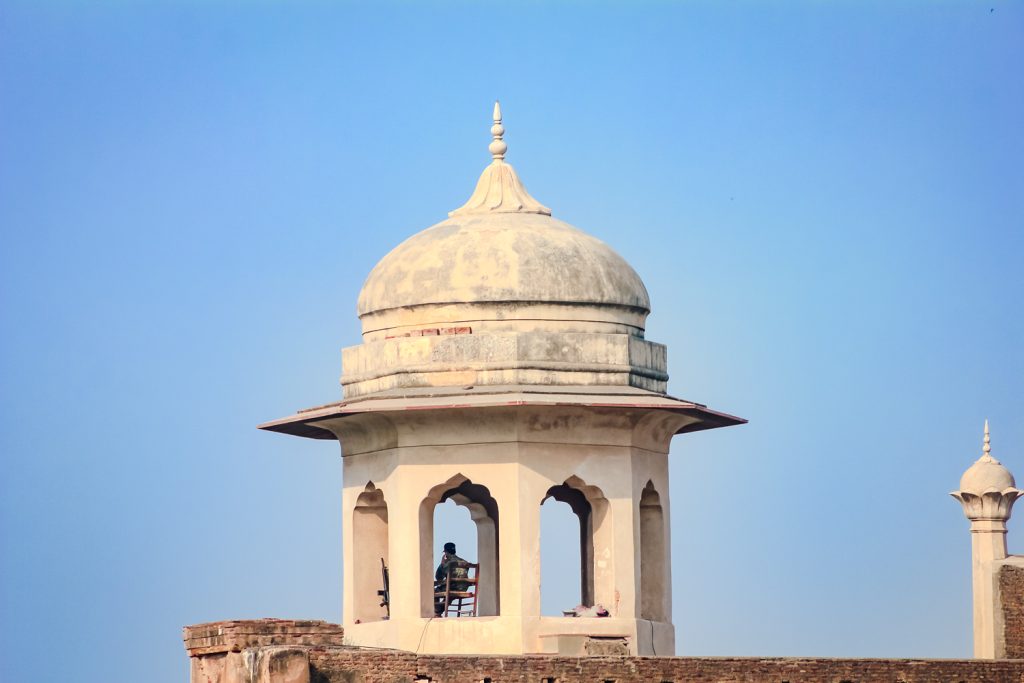
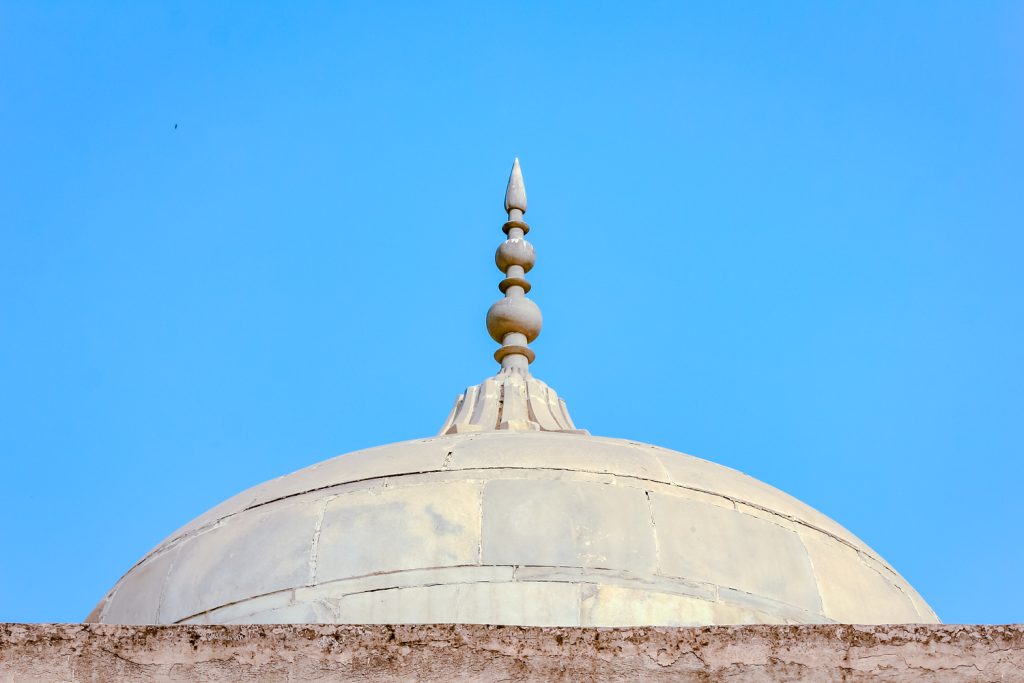
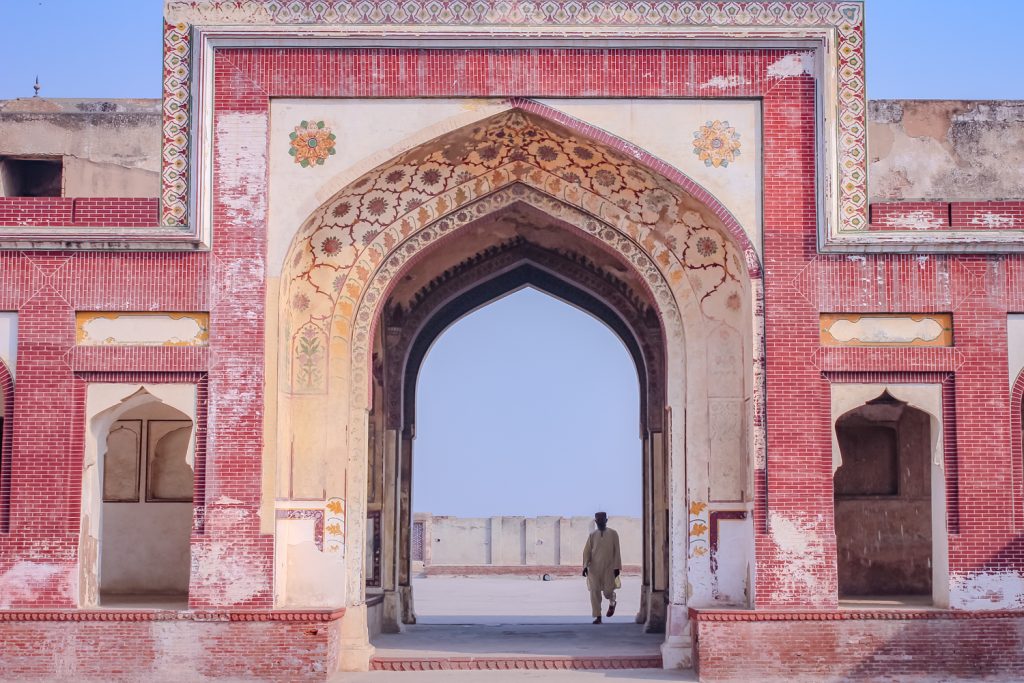
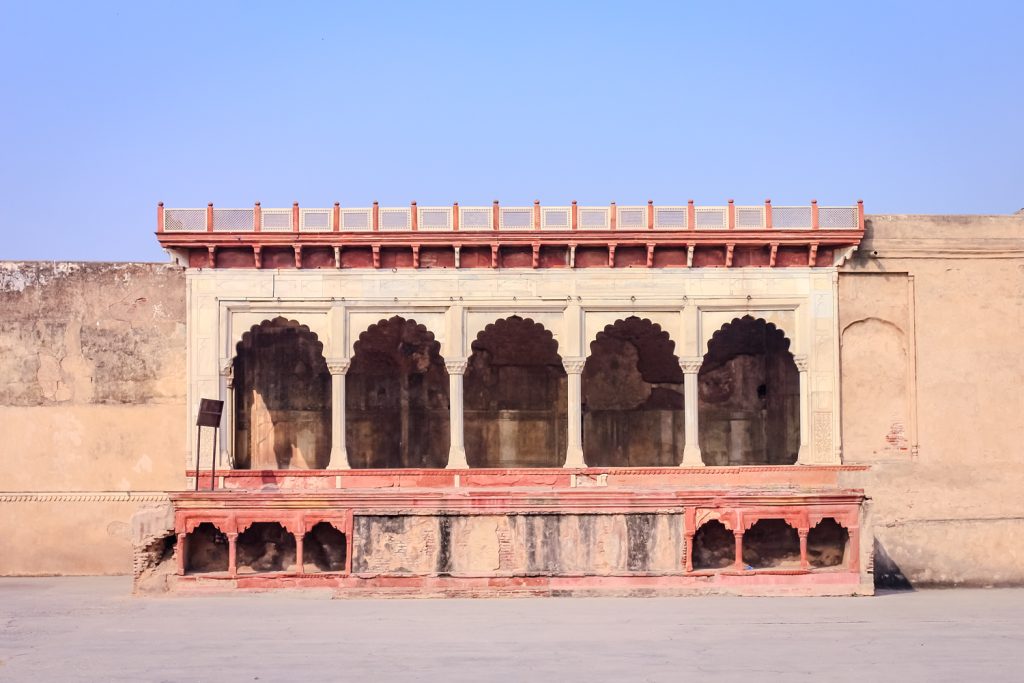
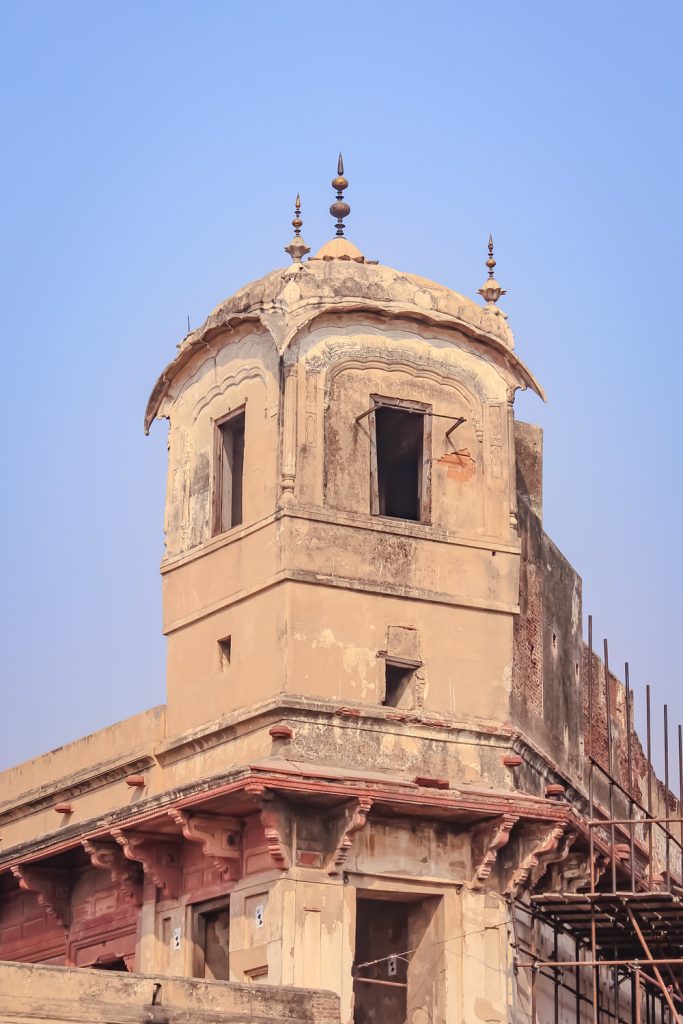
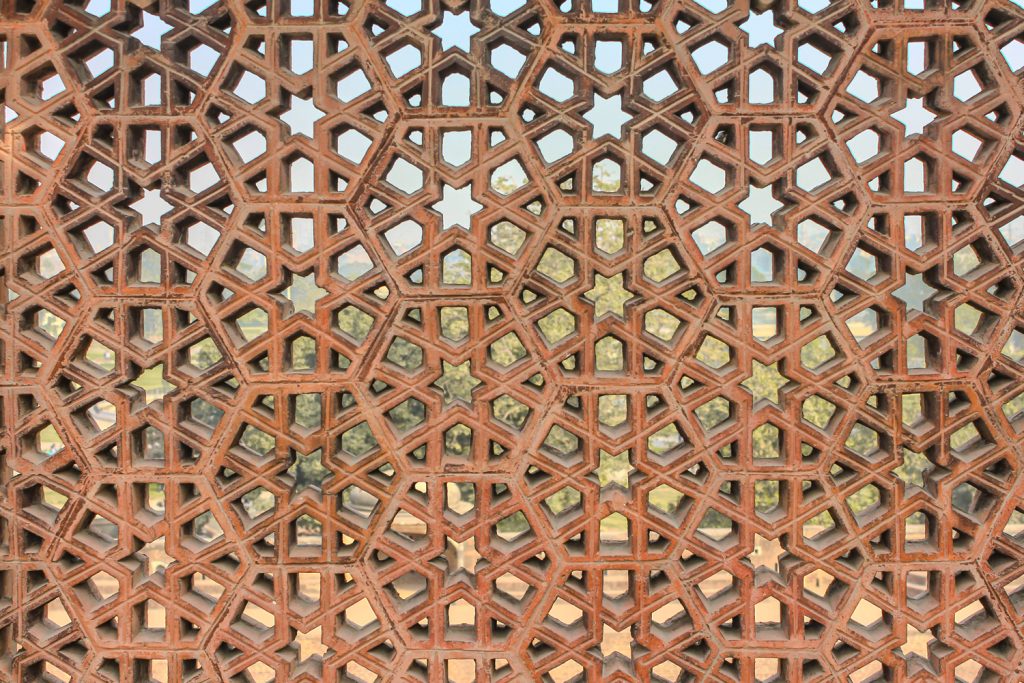
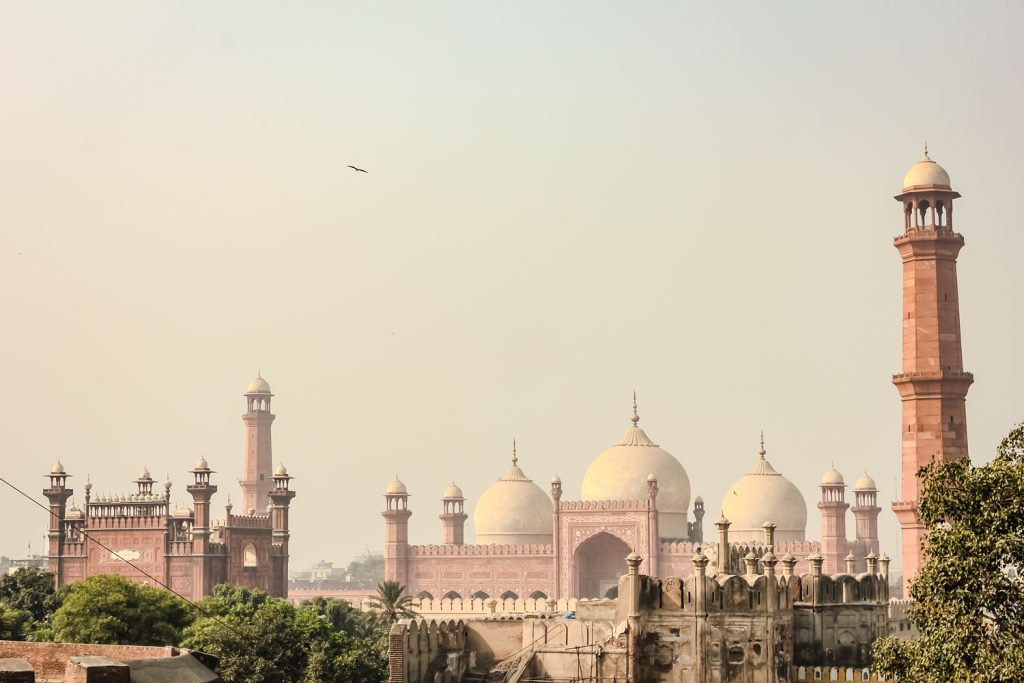
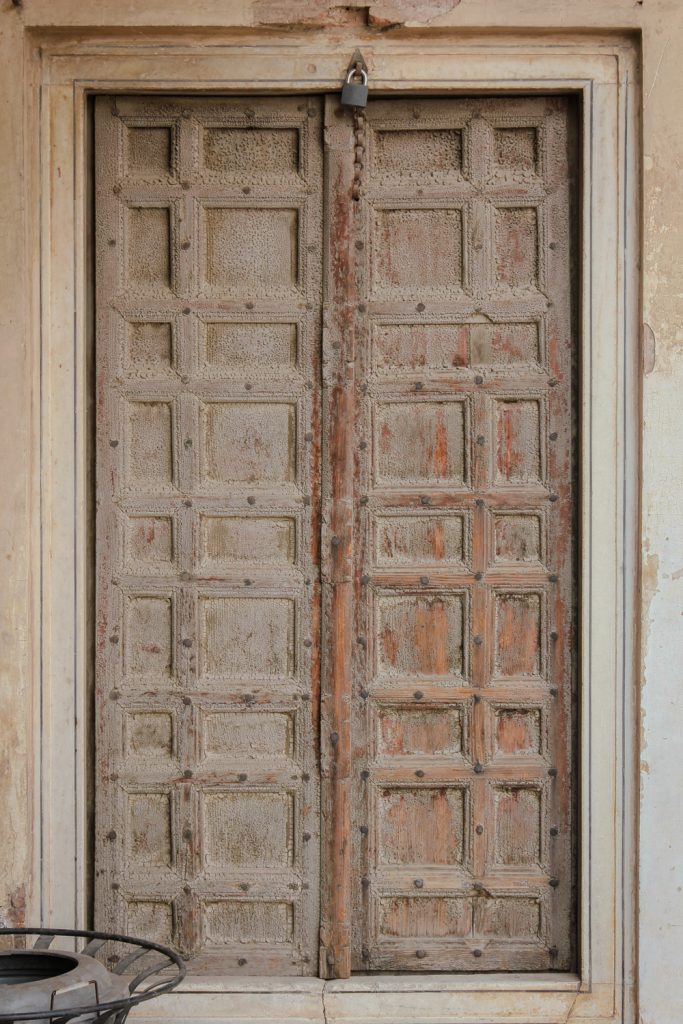

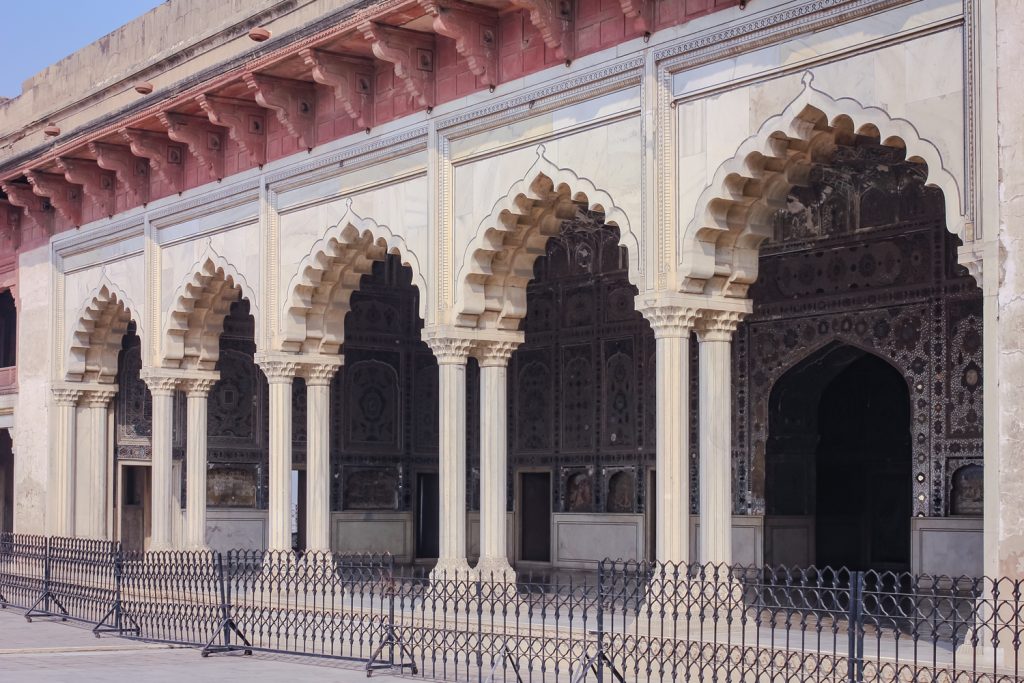

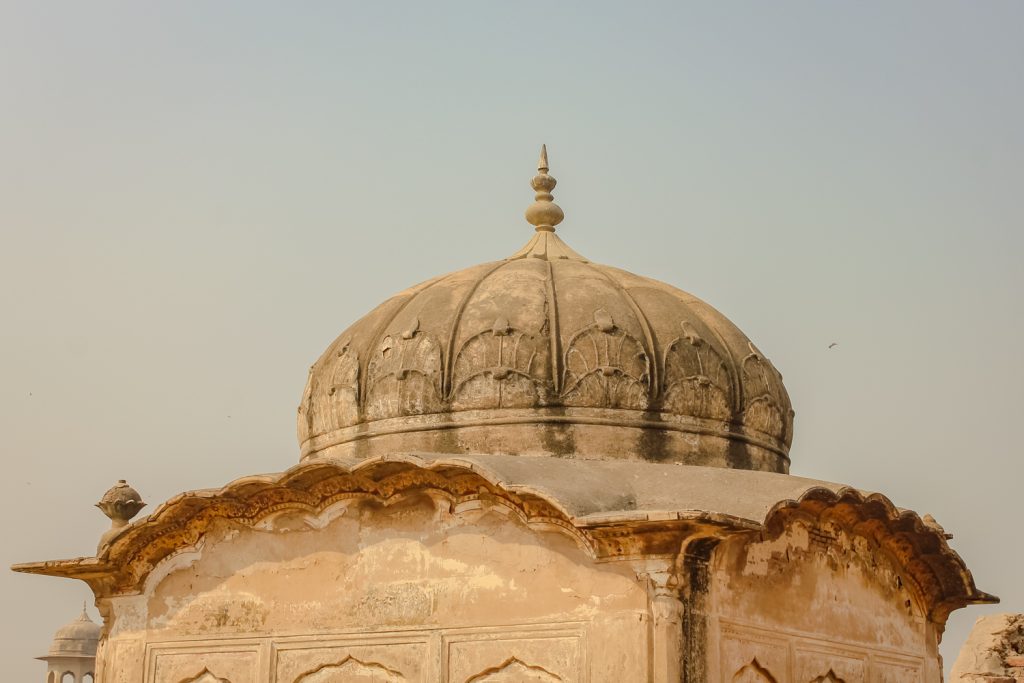
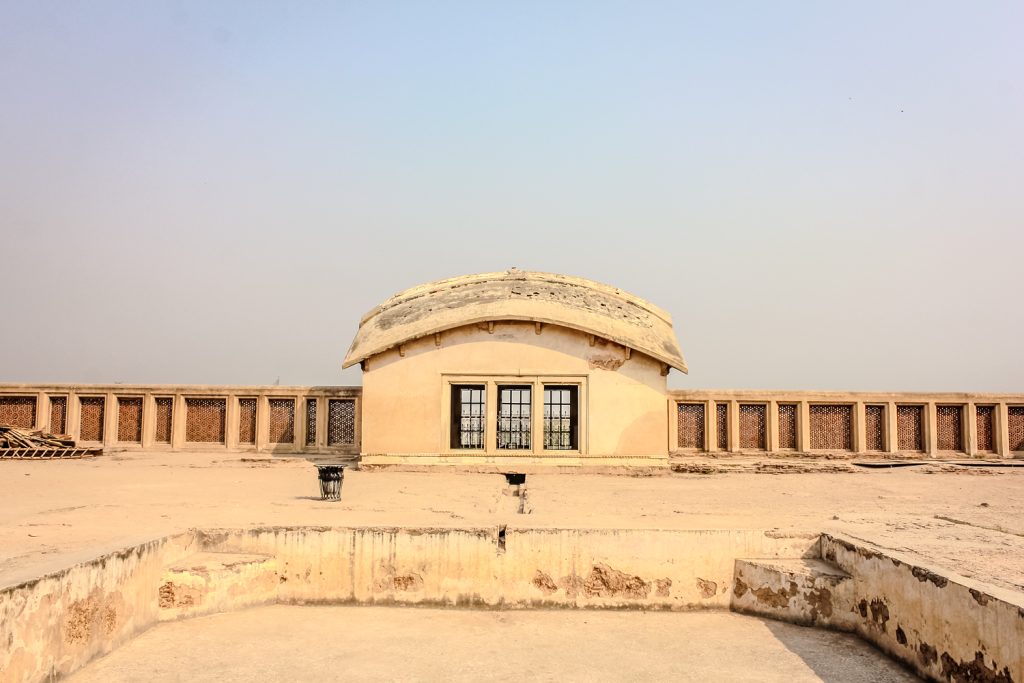
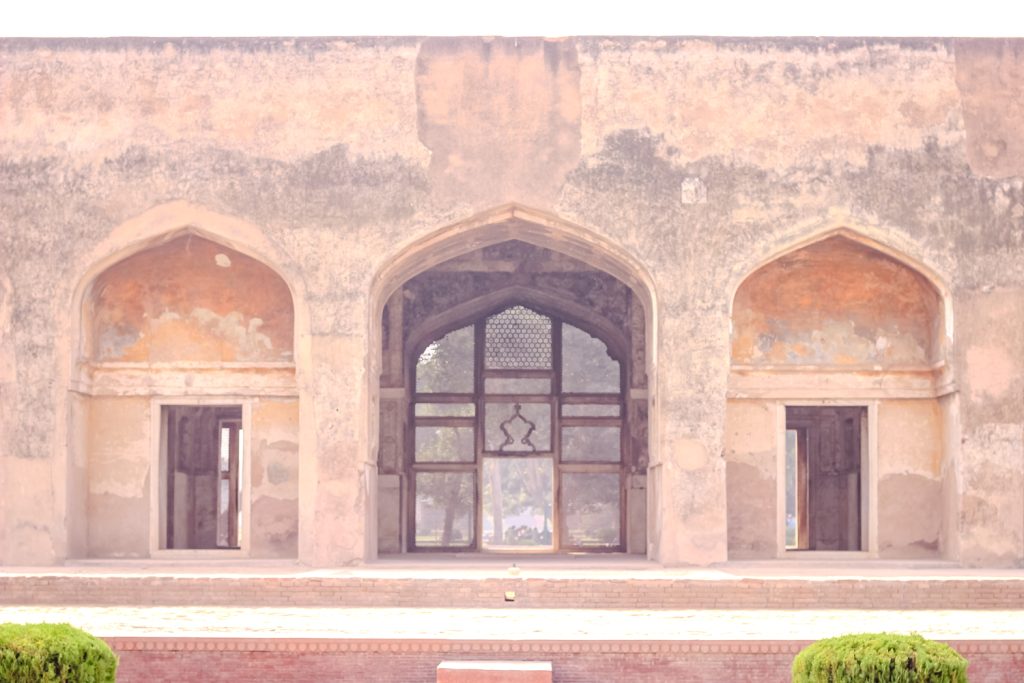
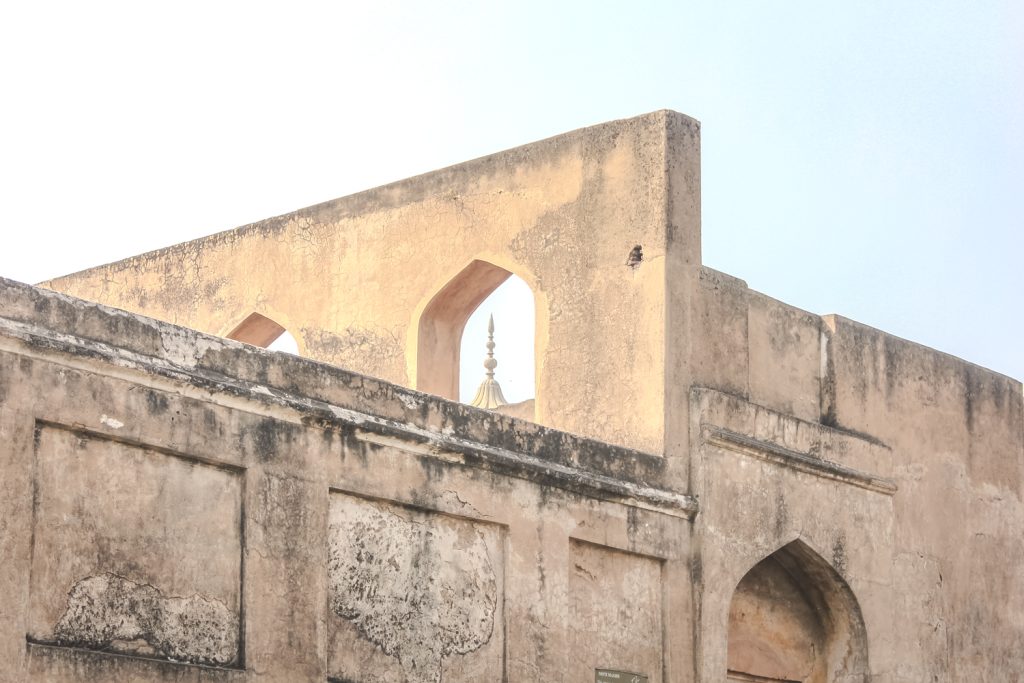
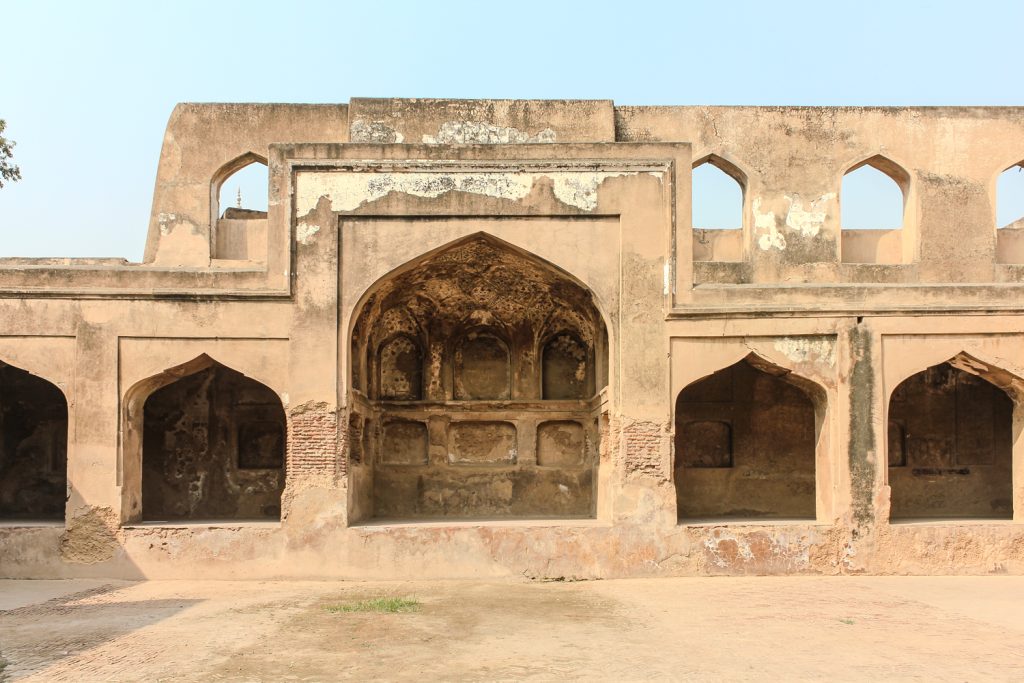
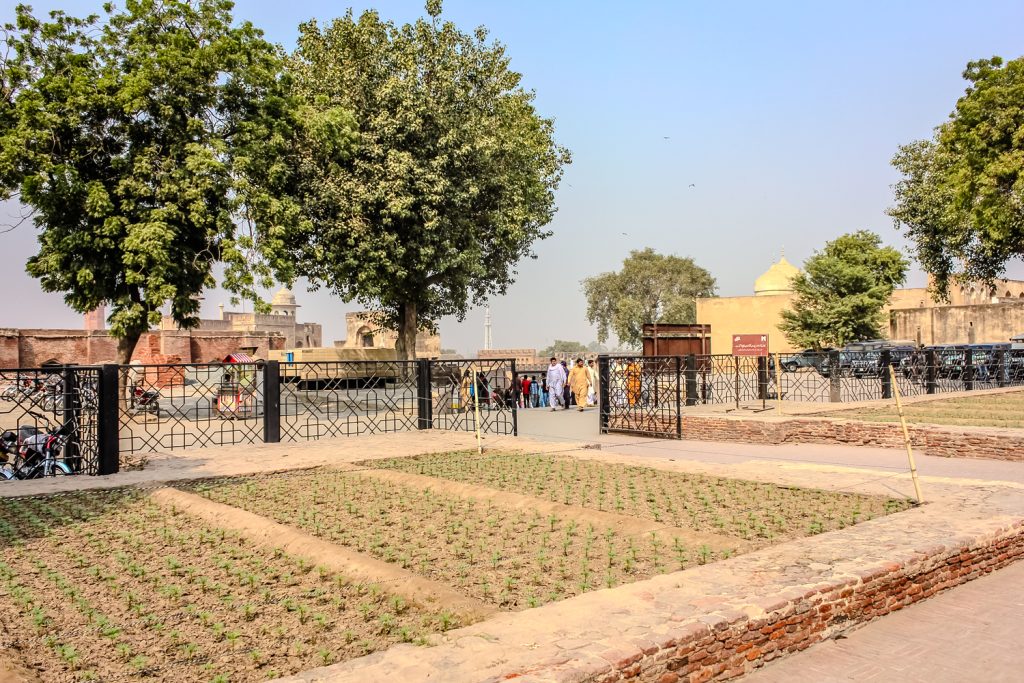

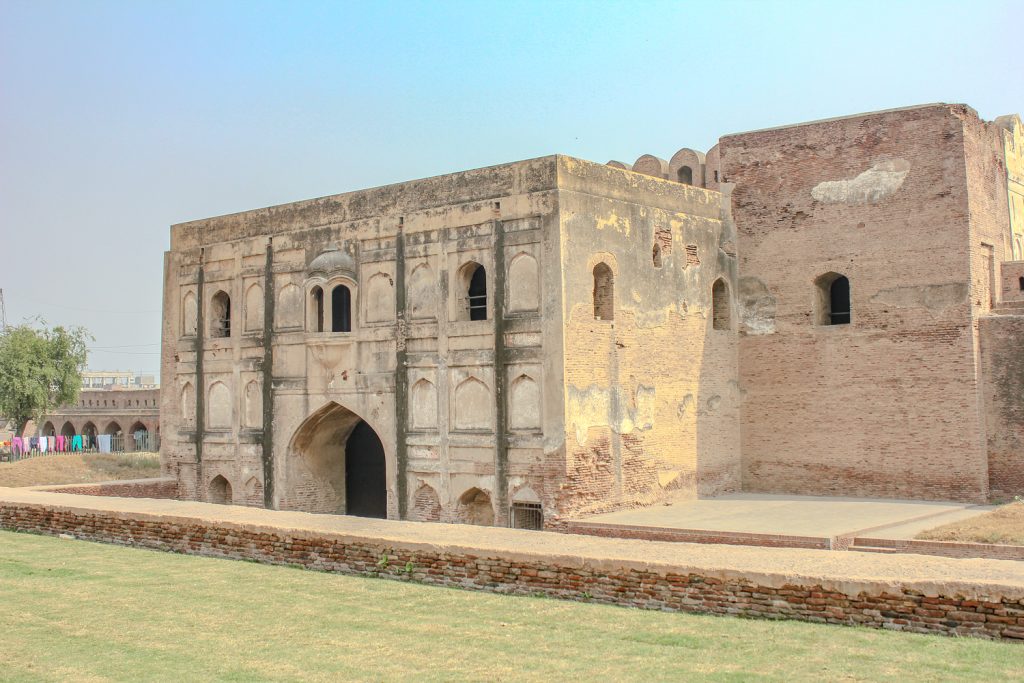
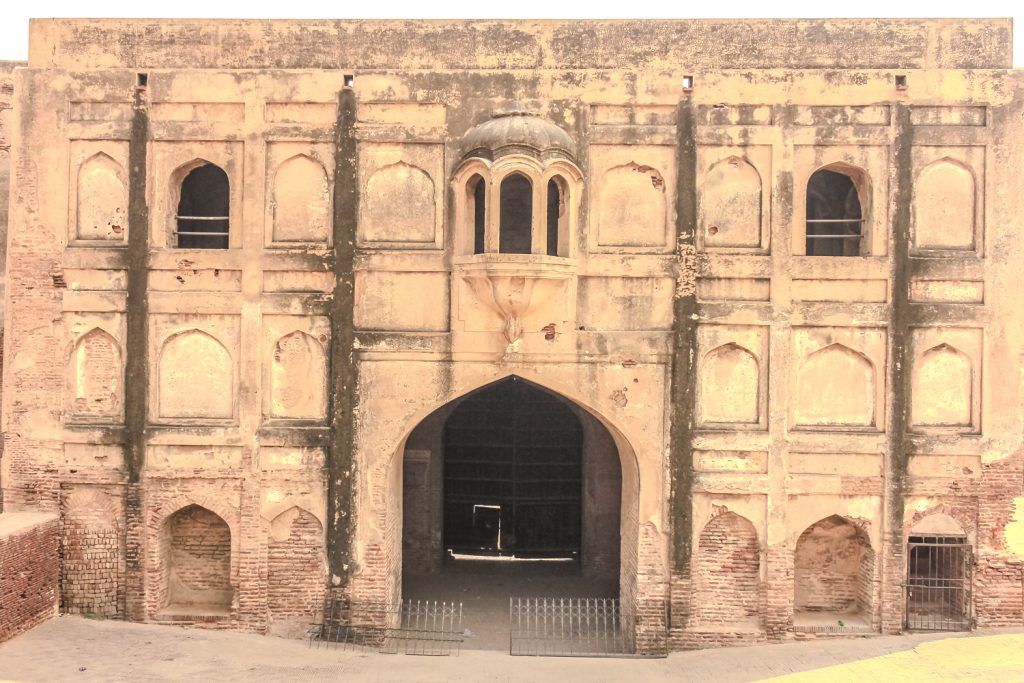
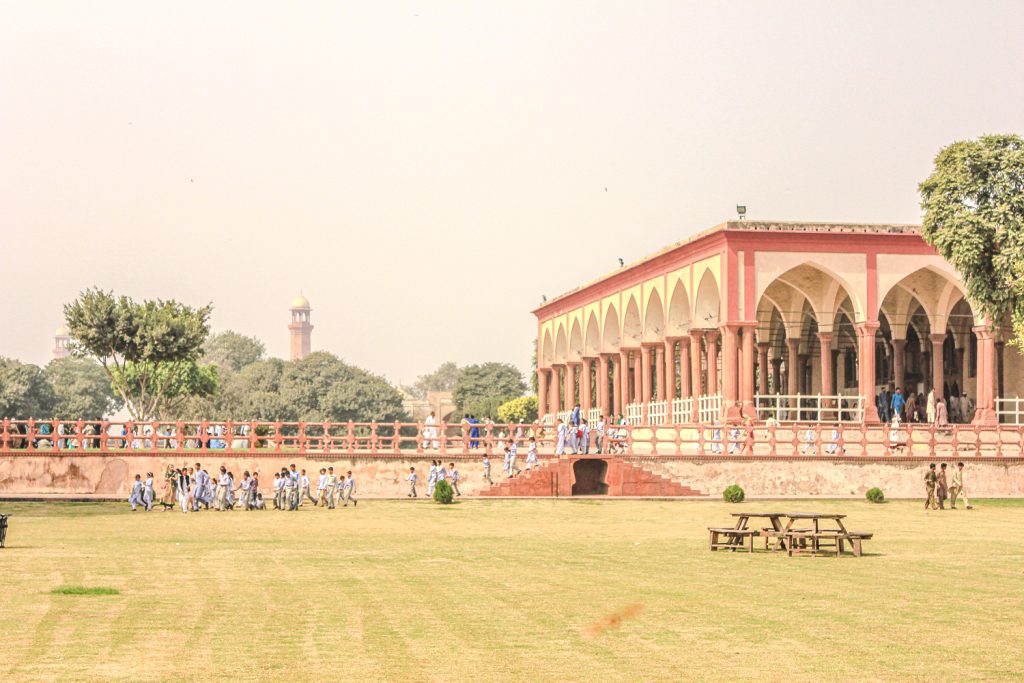
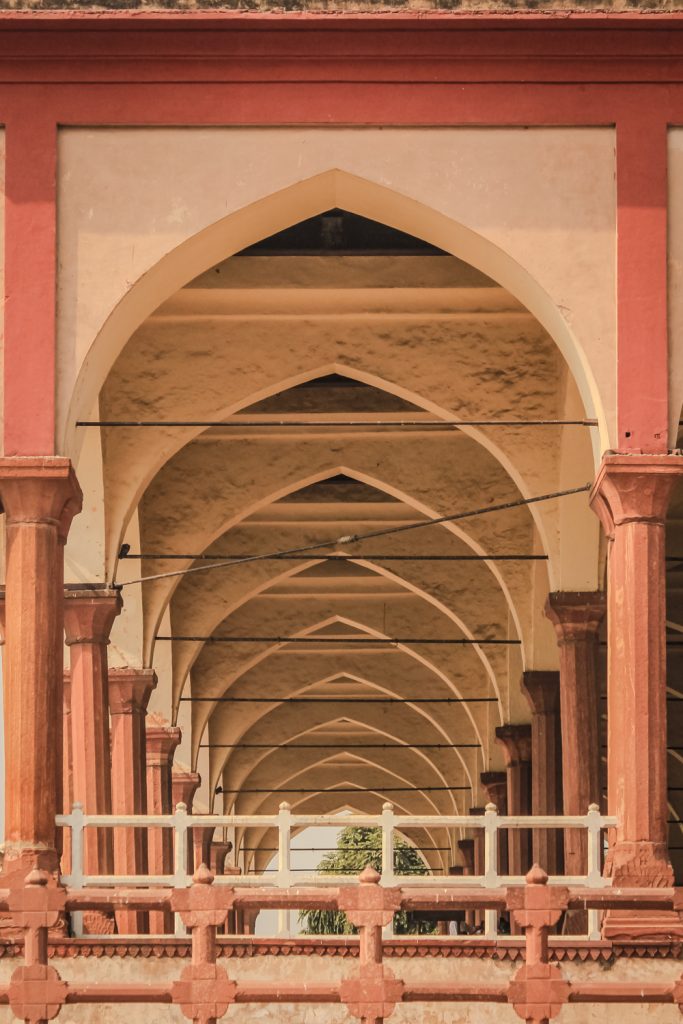
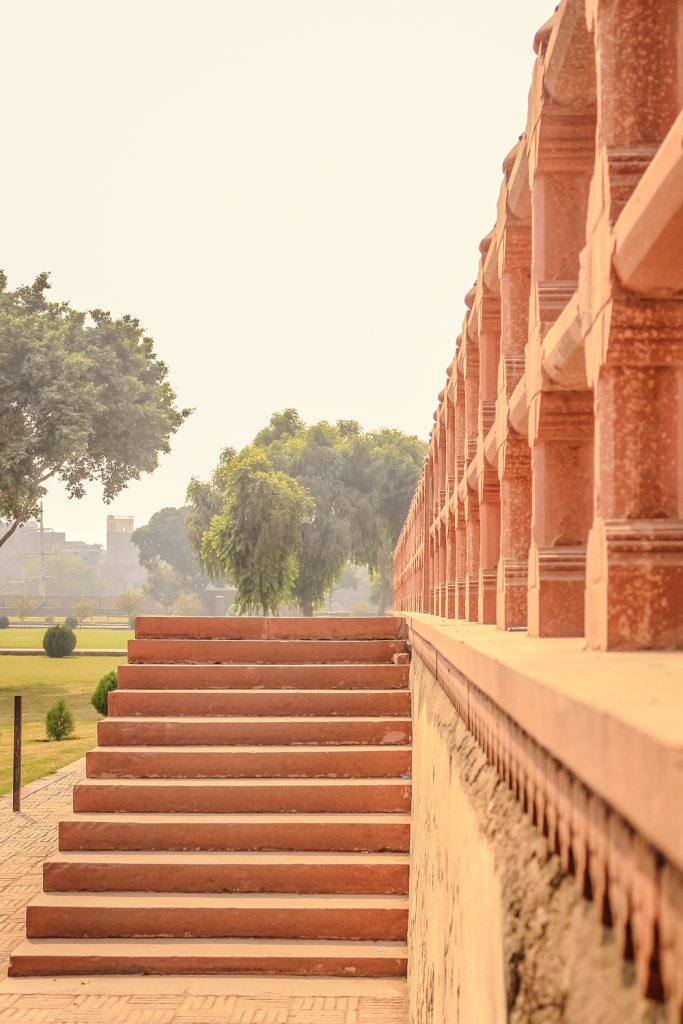
Visiting the Shahi Qila
If you’re planning to visit the Shahi Qila, here are some tips:
Timing: The fort is open to visitors from morning until evening. It’s a good idea to visit early in the day to avoid the midday heat.
Guided Tours: Guided tours are available, and they offer valuable insights into the history and architecture of the fort.
Photography: Don’t forget your camera! The stunning architecture and scenic views make for incredible photographs.
Respect the Heritage: While exploring the fort, remember that it’s a historical site. Be respectful of the heritage and avoid touching or defacing the monuments.
